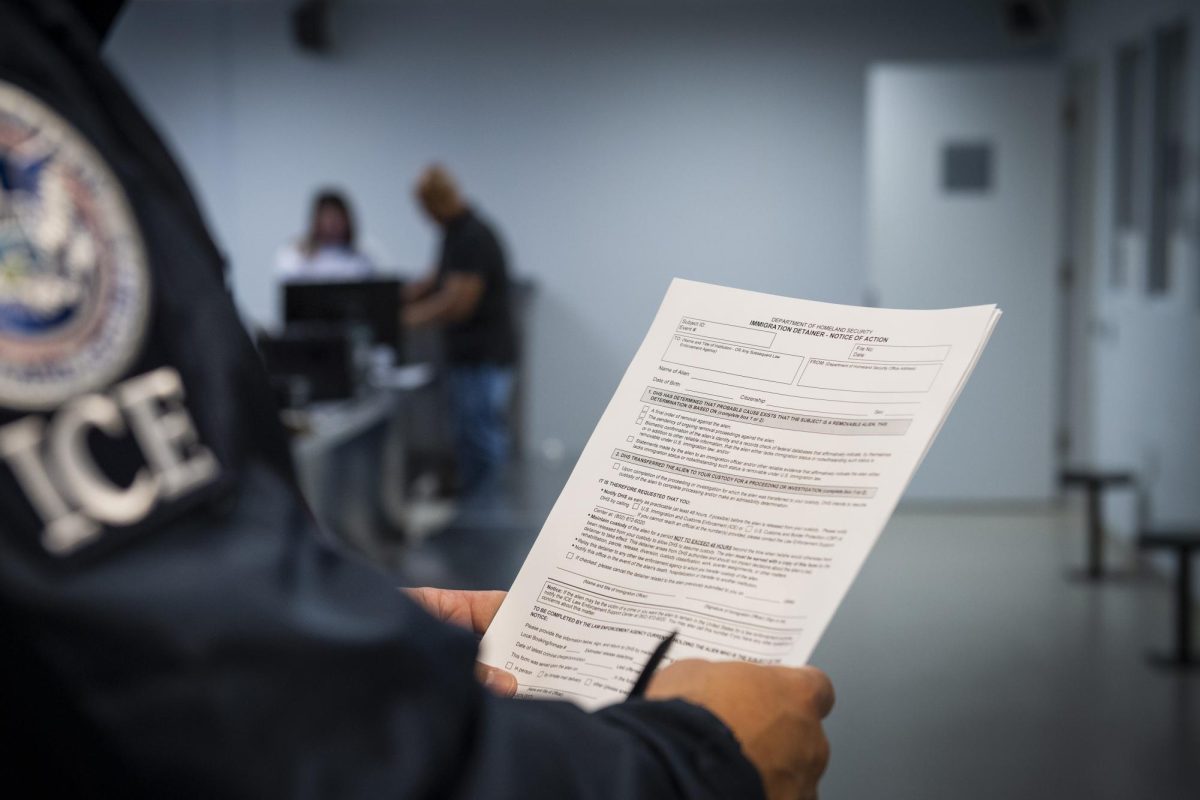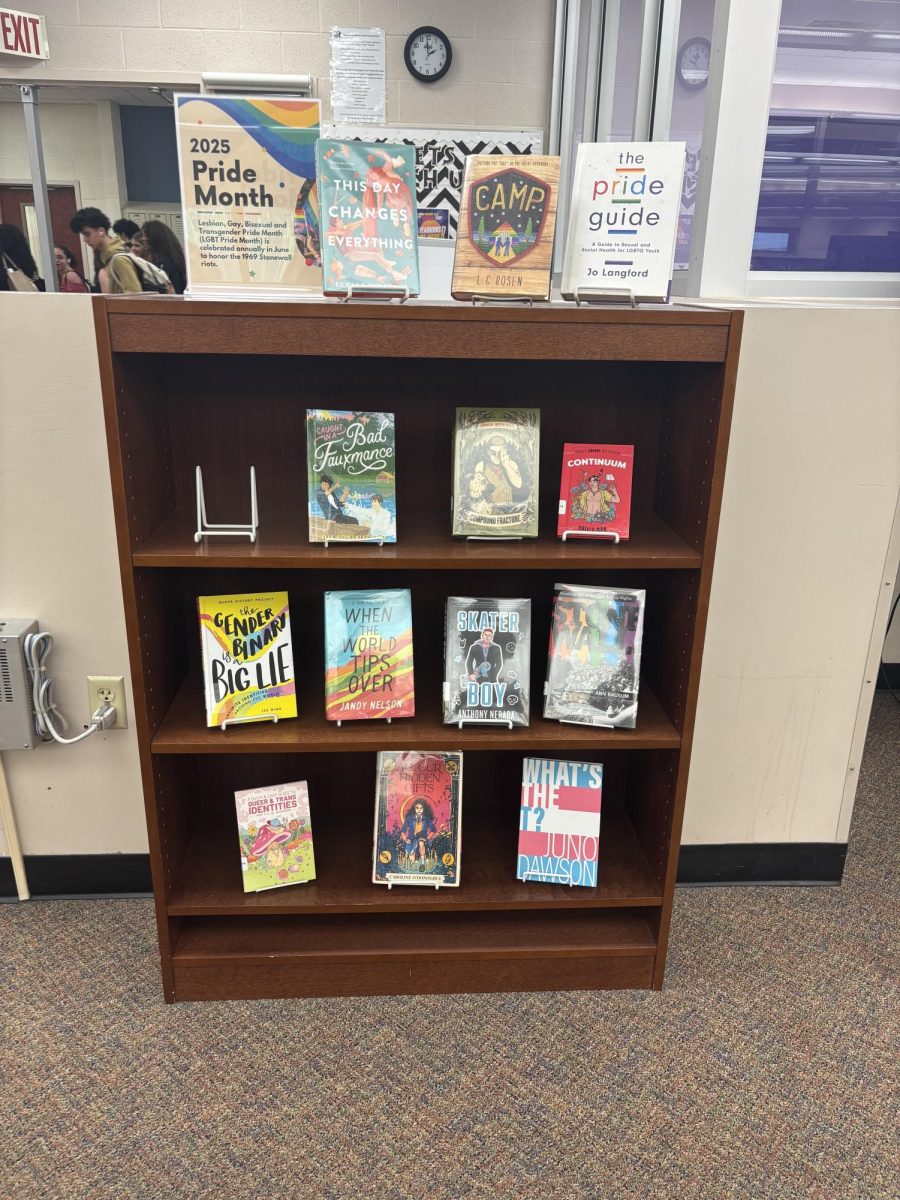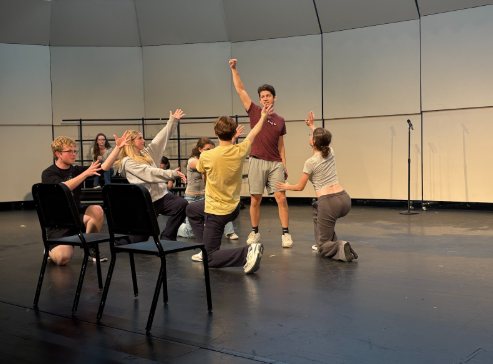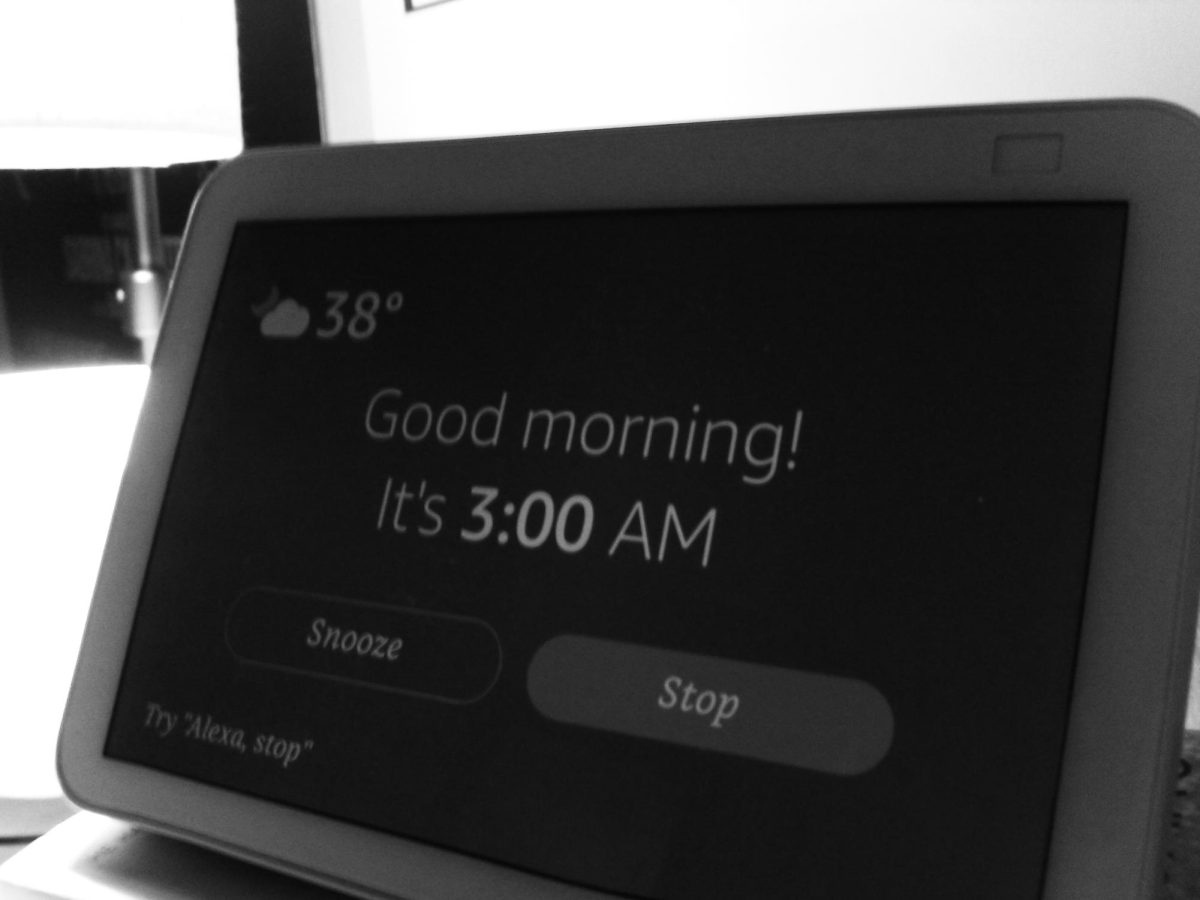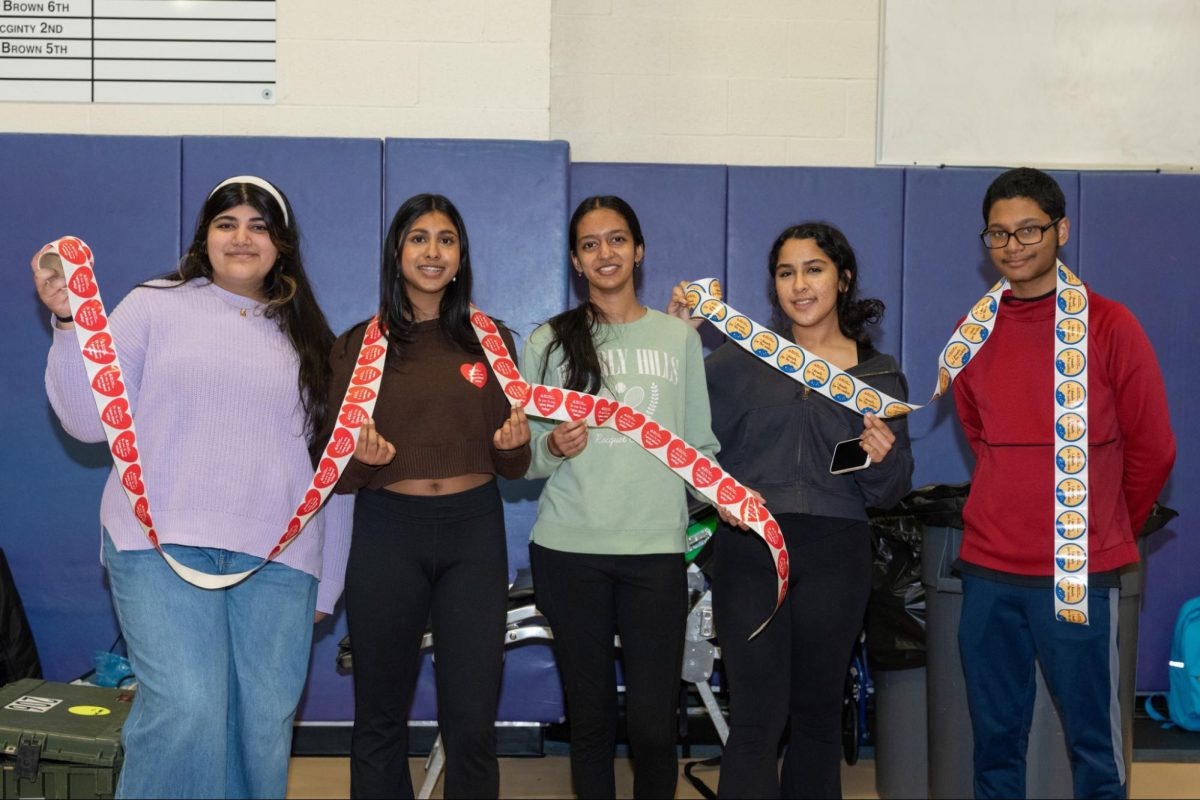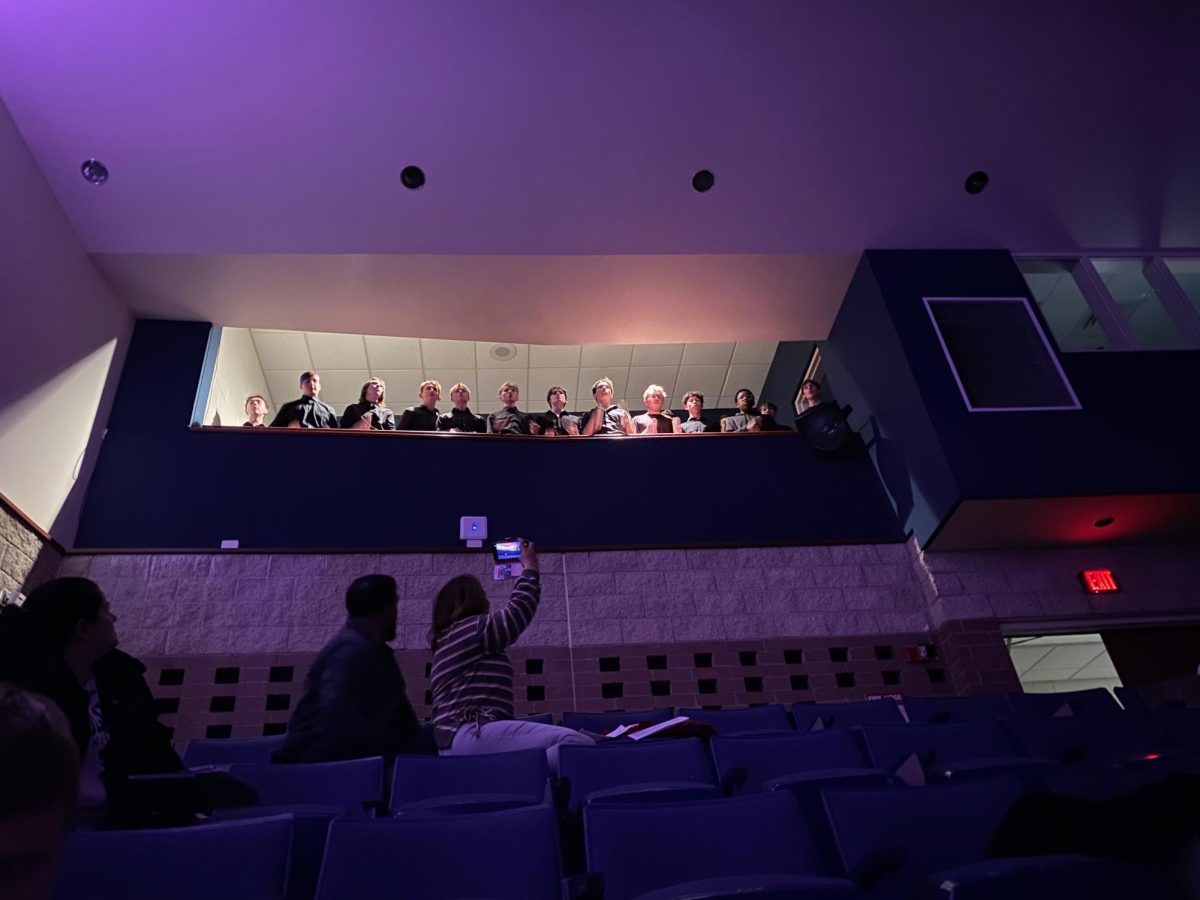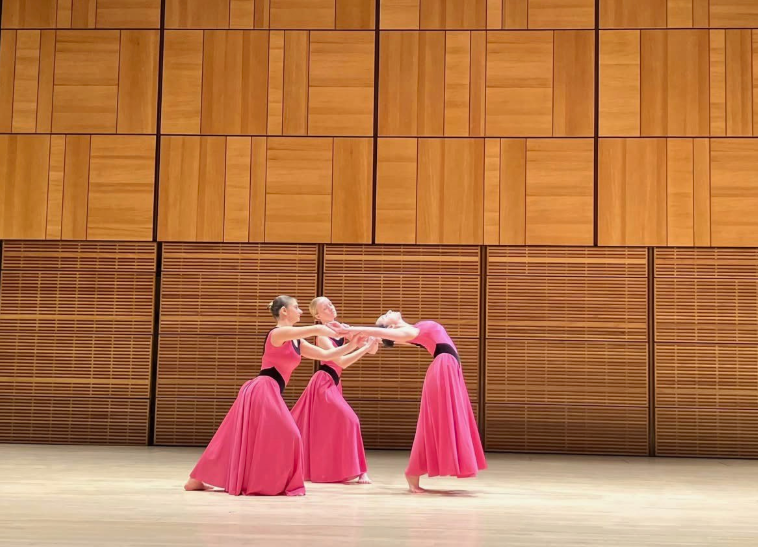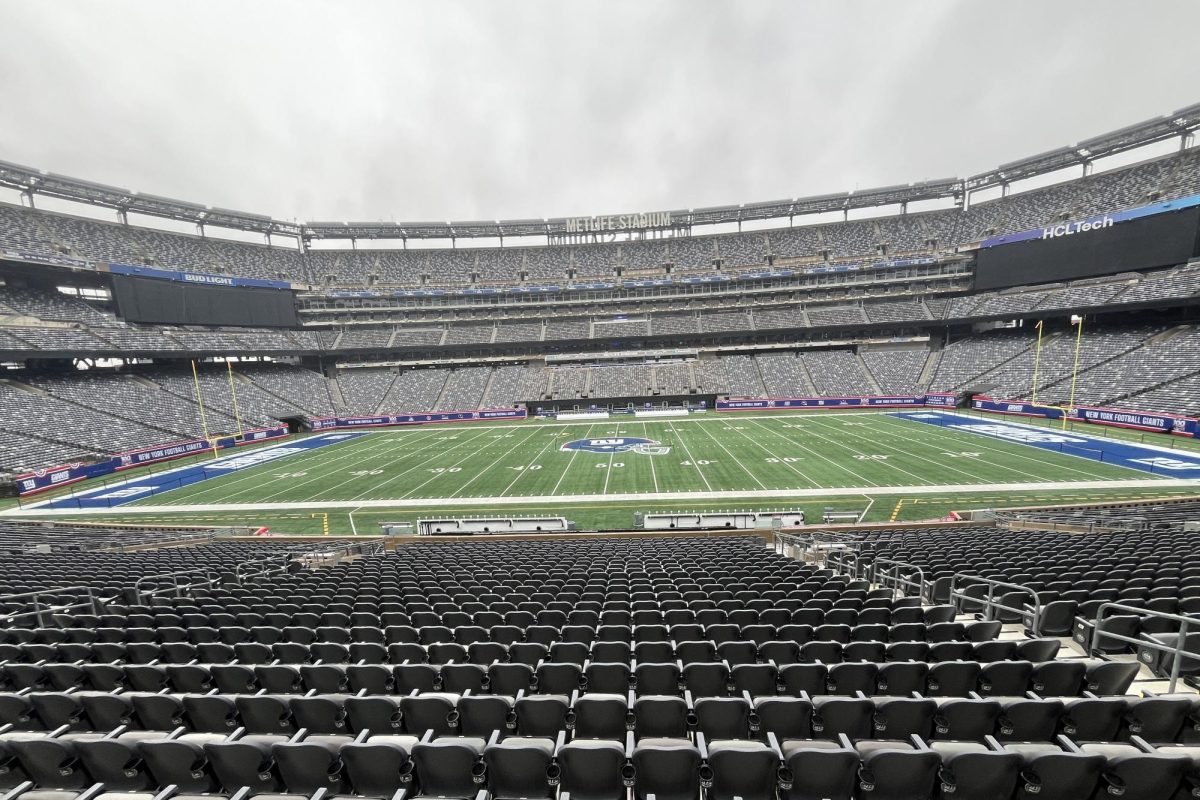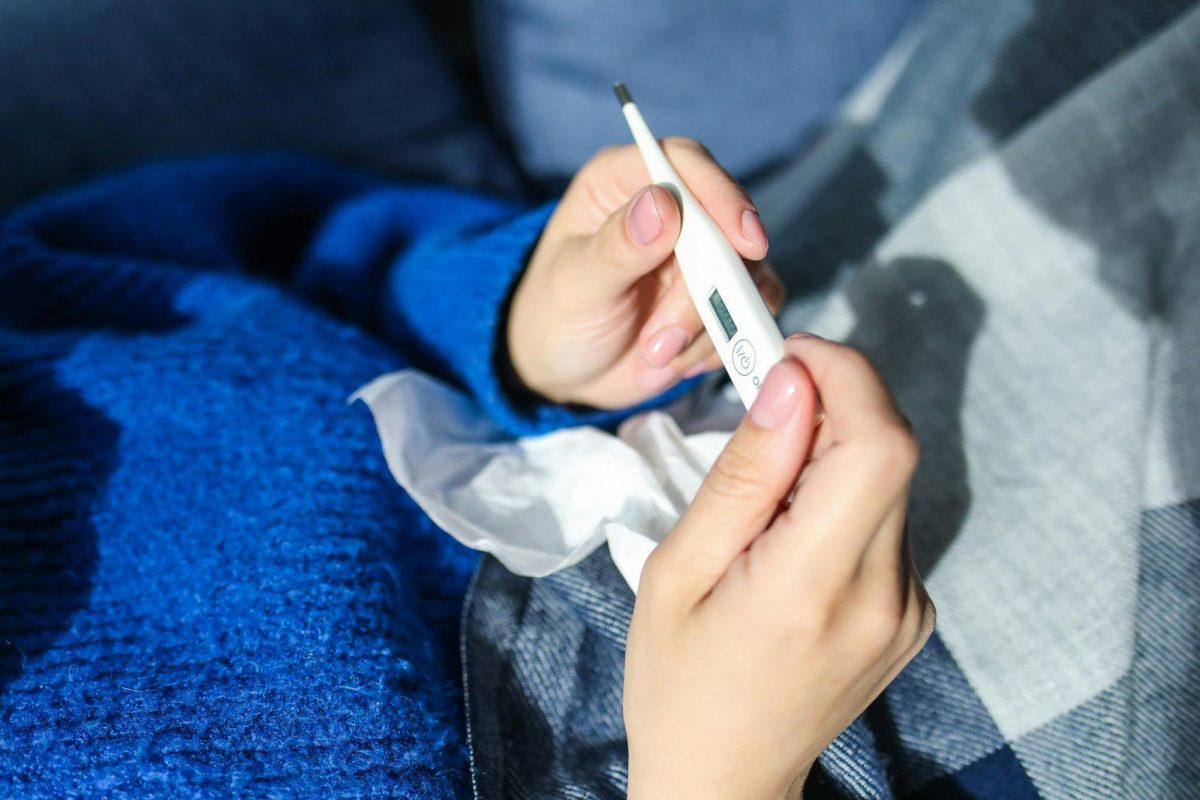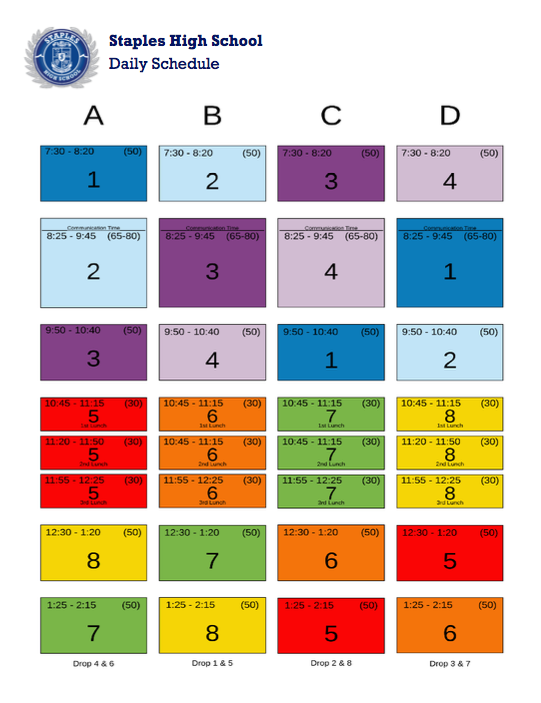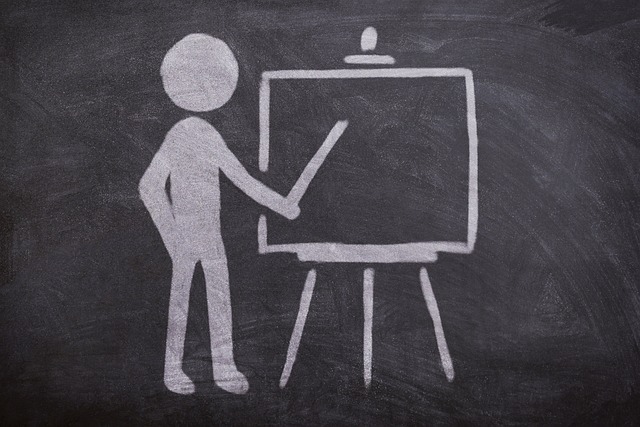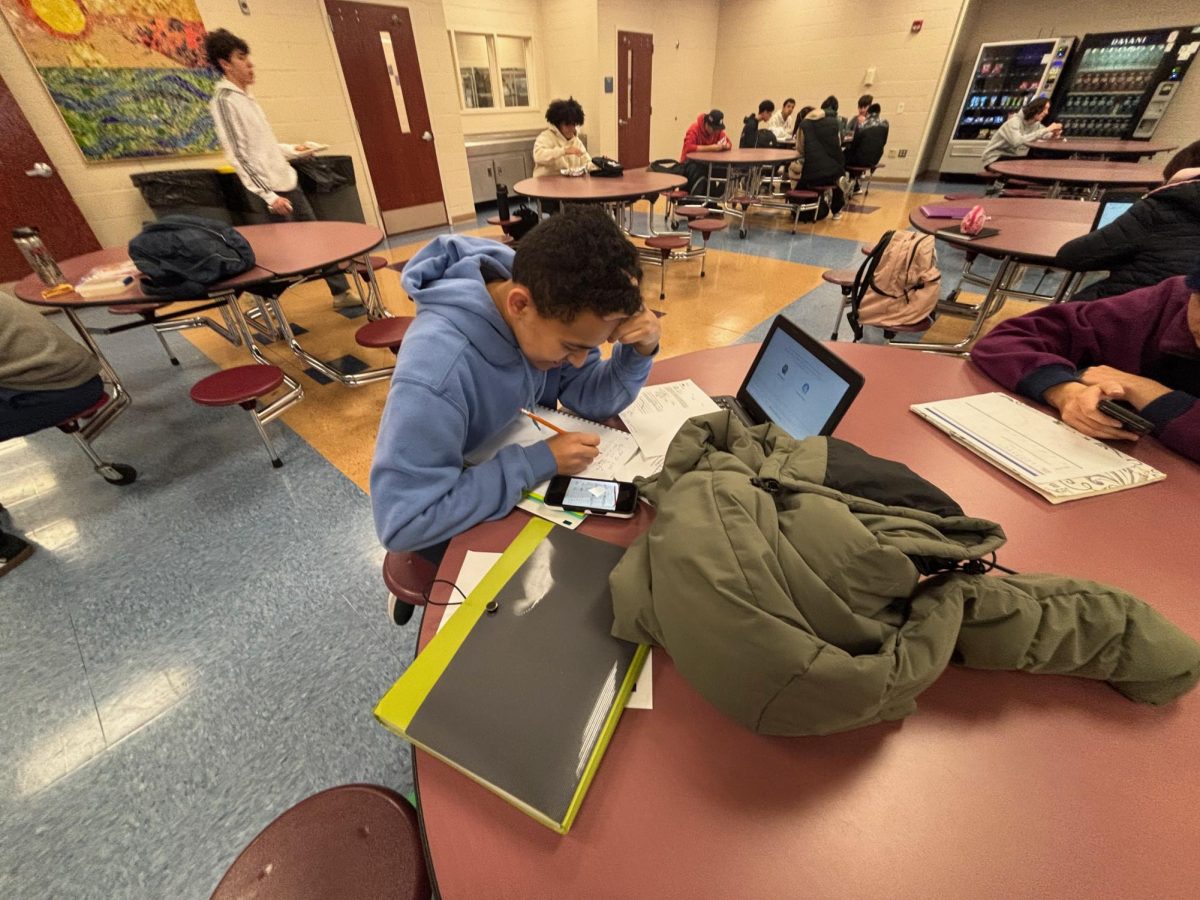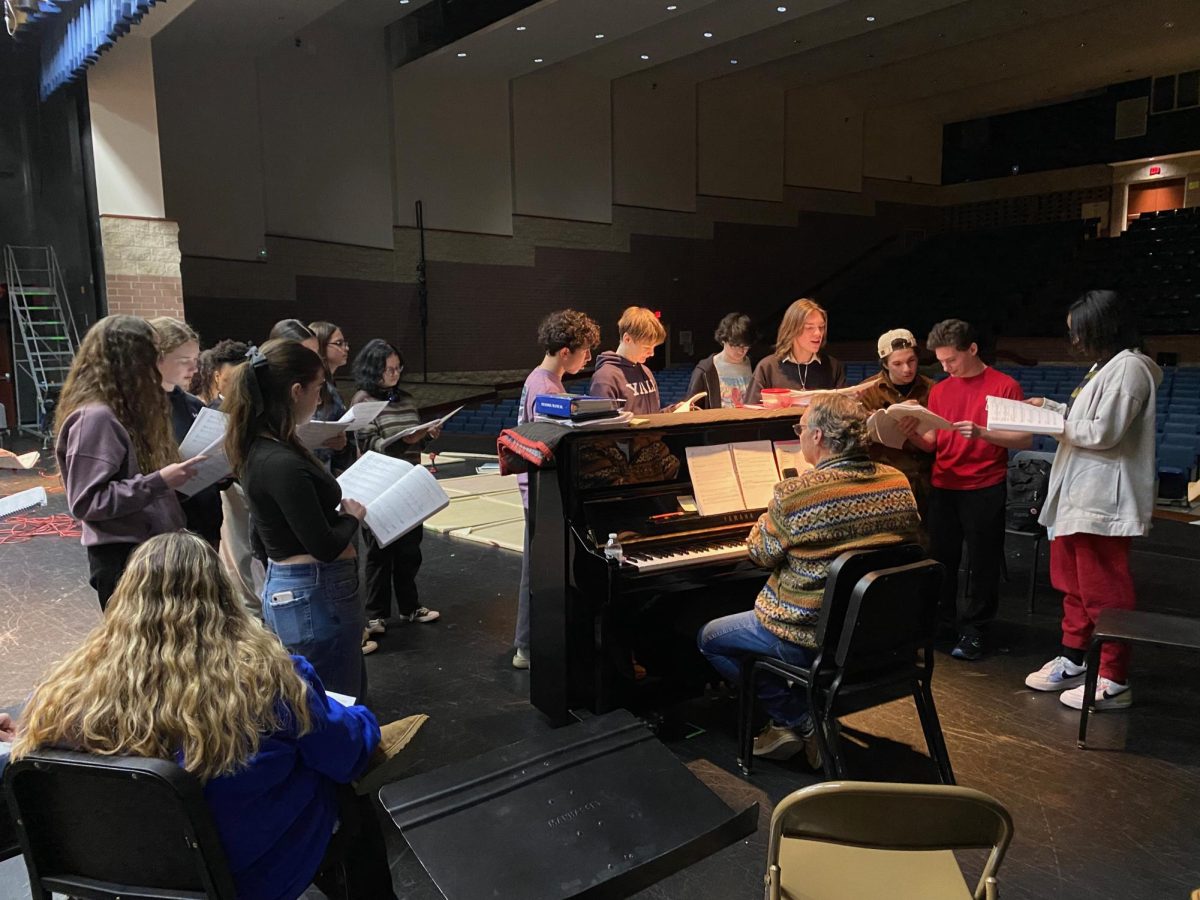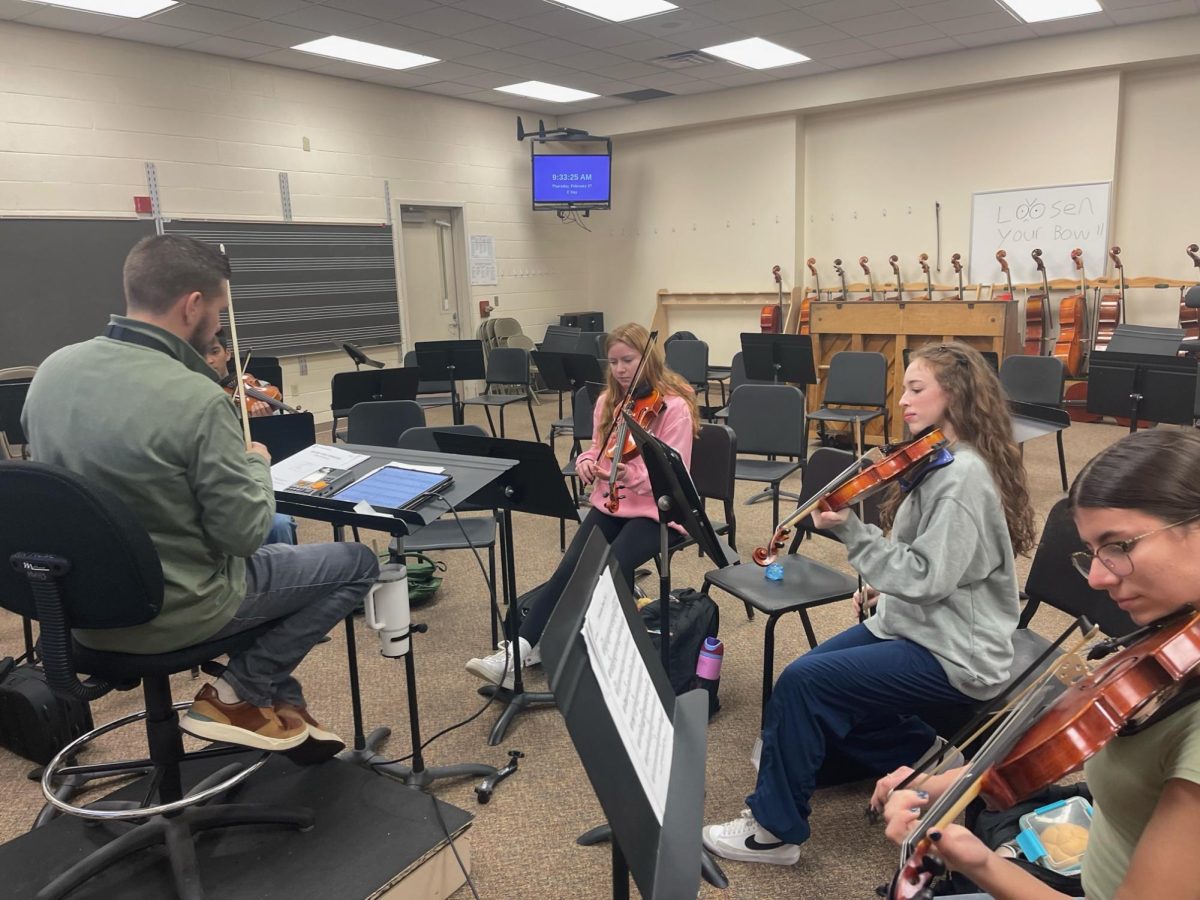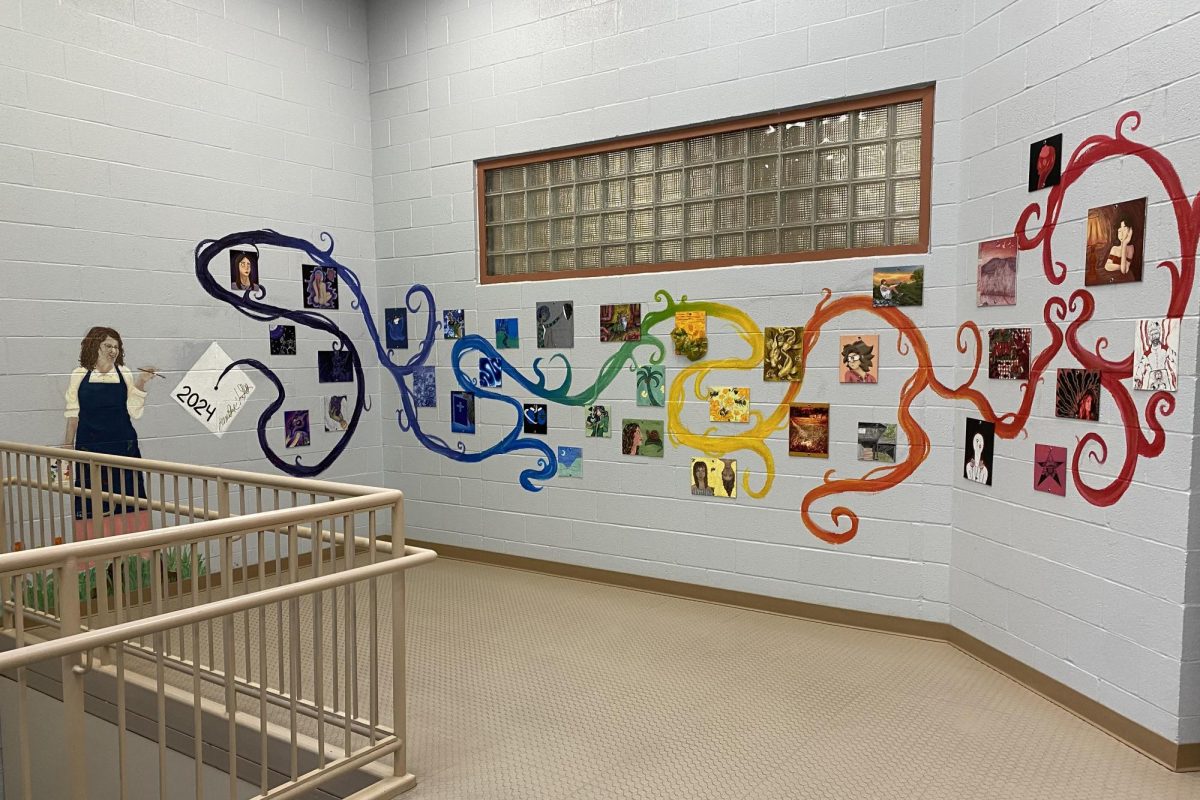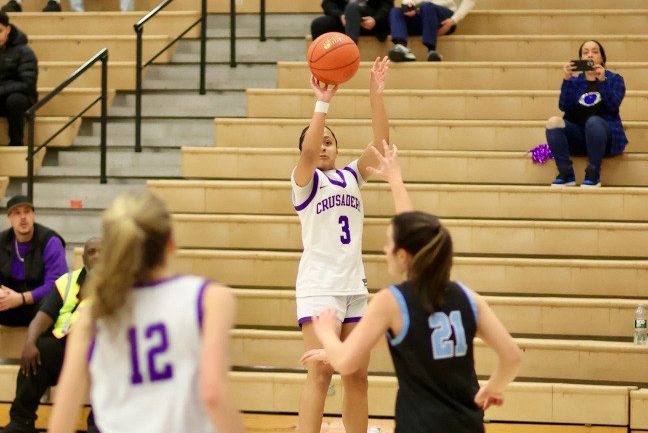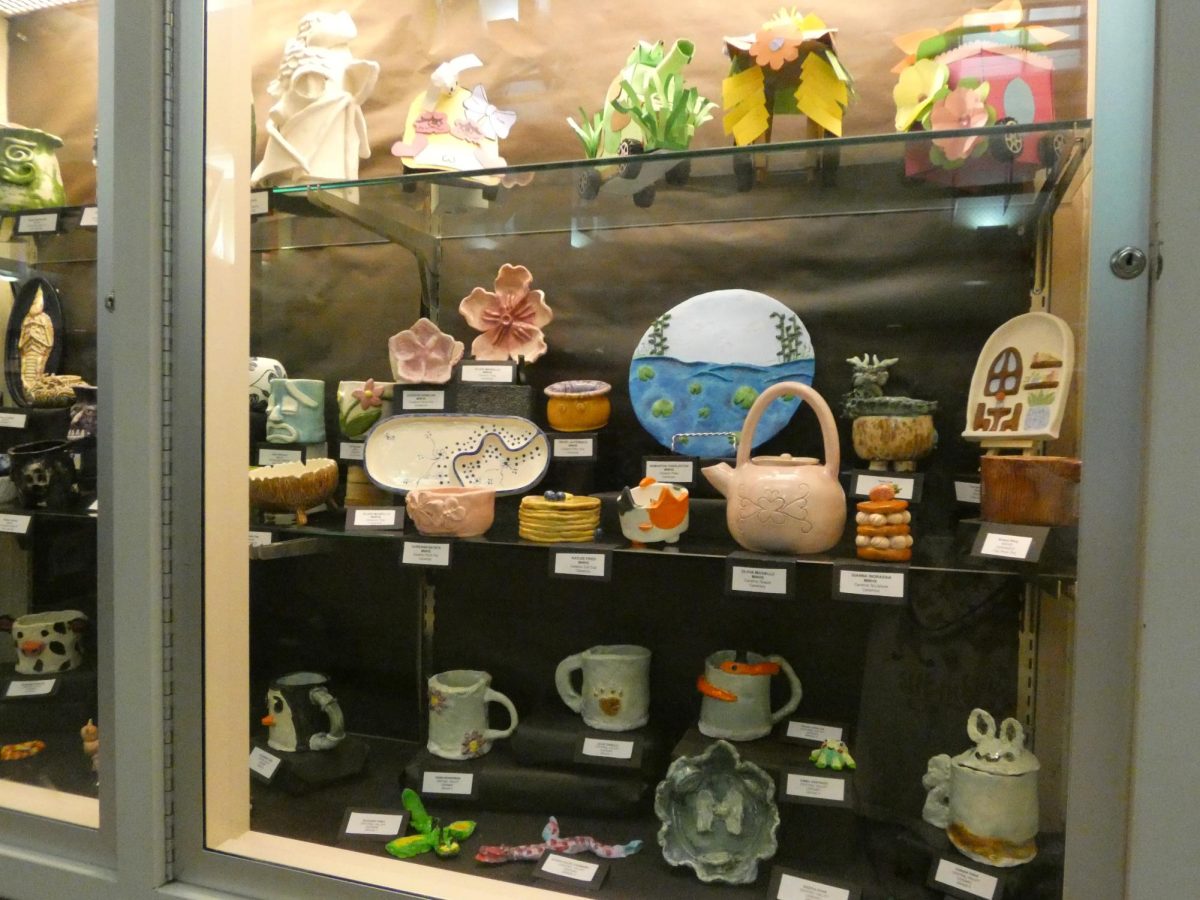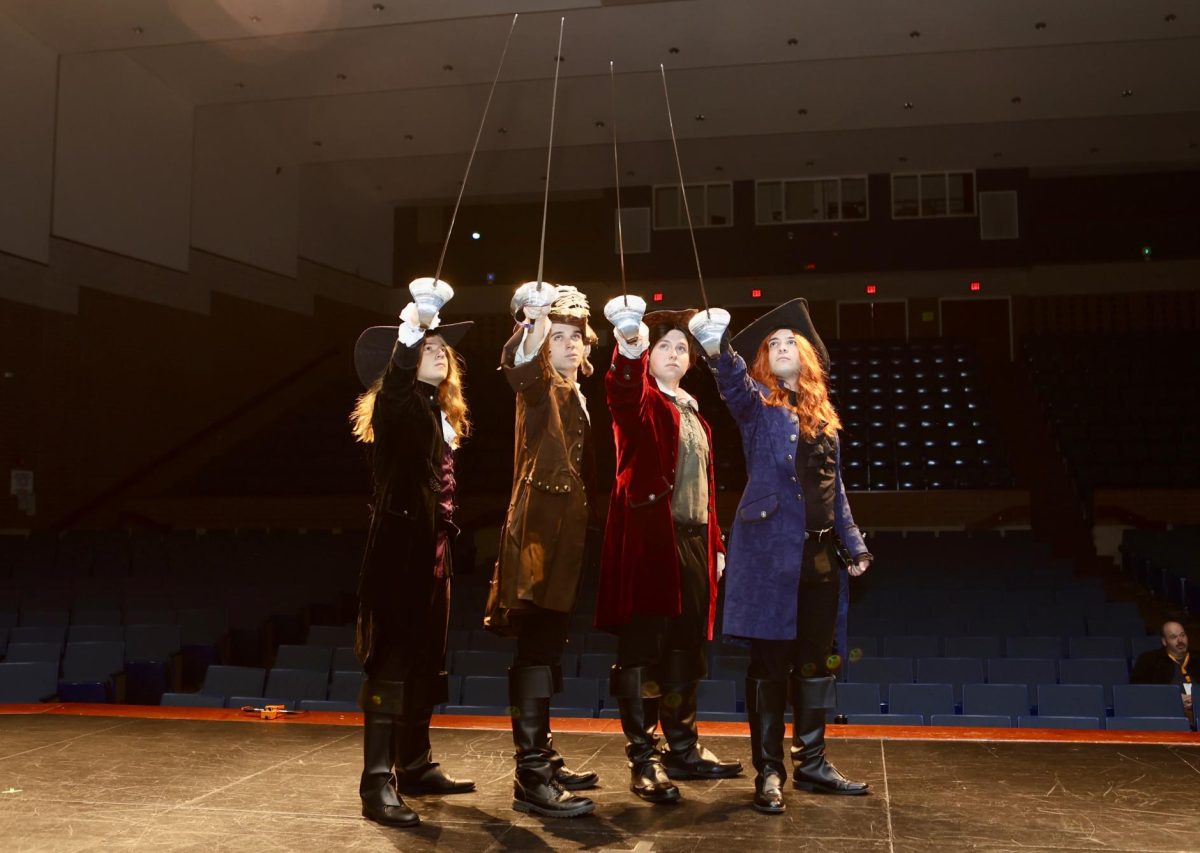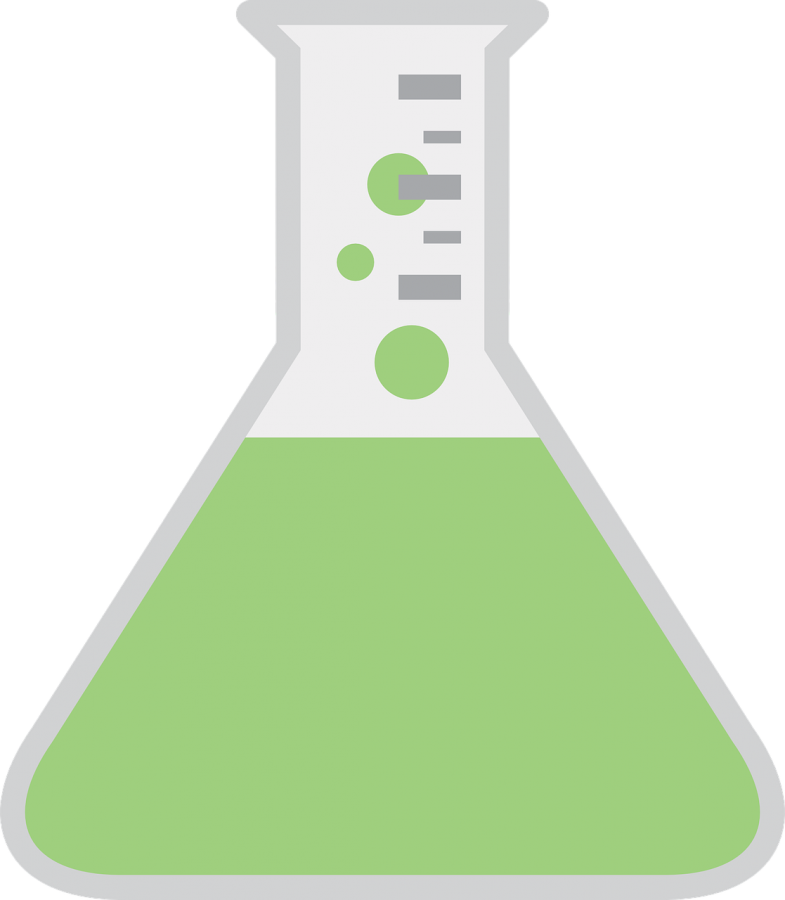High School Science Teachers Find New Ways to Conduct Labs
Image by Unbox Science from Pixabay
December 16, 2020
Whether creating a reaction in chemistry or dissecting a pig in biology, many students have science labs throughout the school year. Starting at the beginning of this school year, the way labs are done has dramatically changed due to COVID-19.
Previous to the pandemic, labs were always done using a hands-on approach. This hands-on format is typically done in a laboratory environment, where students use a variety of materials to carry out experiments relating to the class. However, beginning this school year, the pandemic has called for labs to be done in a variety of new ways.
“The 1200-minute lab requirement can be met through hands-on laboratory experiences, virtual laboratory experiences, or a combination of the two,” said Science Department Chair Mr. Lewis.
Mr. Lewis said that while certain virtual labs have been used in the past, they are relatively new to the school this year.
One way teachers have approached virtual labs is through visual demonstrations on Google Meets. Mr. DeMarco, a chemistry teacher, favors this method.
“My all virtual class got to watch me perform the laboratory exercises live so they were able to interact with me,” said DeMarco. “None of this was ideal, but it worked well for me.”
Ms. Stinson, another chemistry teacher, hopes to use this method as well.
“I will hopefully be doing certain labs as a demonstration,” said Stinson. “Students will record the data and then we will complete the lab.”
Furthermore, hands-on labs can still be done, but they must follow strict guidelines and adhere to social-distancing guidelines.
“In limited cases where enough lab space is available for each student to work separately, science teachers have been cleaning and then quarantining materials/equipment for 72 hours after use,” said Mr. Lewis.
Some students do not like the introduction of virtual labs and prefer to carry out labs in person.
“I prefer hands-on labs more,” said junior Khushi Girish. “I feel like I learn more than a virtual lab.”
Other students, such as sophomore Delila Ramos, supports the introduction of virtual labs.
“I personally learn better with virtual labs, and find them easier to do,” said Ramos. “Hands-on labs can be a problem if you are working with materials like glass that give you a chance to get hurt.”

